Aug 05, 2025
Author:Jackson Watson
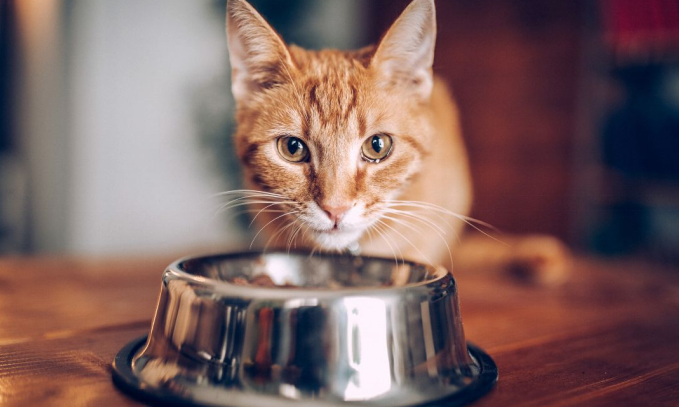
Sure, people say cats take care of themselves. Throw out some food. Top off the water. Done. Except… that logic breaks down the moment you're not home to catch what goes sideways. So then—how long is actually fine? And what if boredom hits before dinner does?
Keep going if you're not comfortable guessing. This clears things up:
● How age, health, and home setup all affect solo time
● Why enough food and water doesn't always cut it
● The tools and routines that help hold it all together
Let’s stop relying on wishful thinking and cover what really matters when you’re away.
How Long Is Actually Safe to Leave a Cat Alone
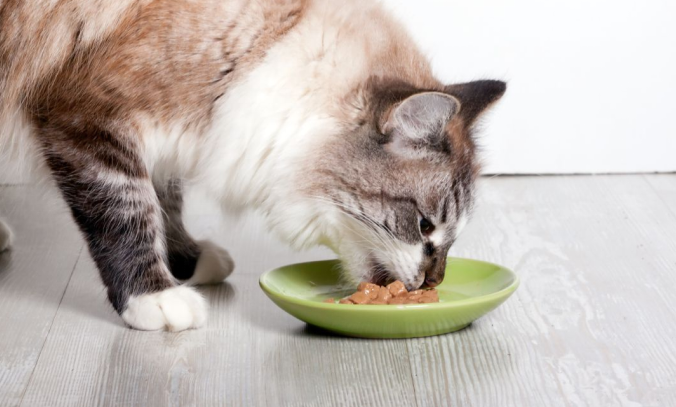
A couple of hours alone? Reasonable. A full day? Starts to get tricky. Several? That’s where the details matter. Age, medical conditions, environment—these aren’t minor variables. They change everything.
You’ve got to look at all three together.
Kittens. They’re cute, chaotic, and... no, they shouldn’t be left alone for long. The same goes for elderly cats. Too much can go wrong—quickly. Development, mobility, immune system—all are still fragile in one way or another.
Rough timelines, ballpark-safe:
|
Age Group |
Safe Alone Time |
|
Under 4 months |
2–4 hours tops |
|
4–6 months |
About 5 hours, max |
|
6–12 months |
6–8 hours (12 only with prep) |
|
Adults (1–7 yrs) |
Up to 48 with safeguards |
|
Seniors (8+ yrs) |
12–24 depending on health |
Kittens explore too much. Seniors nap a lot but need eyes on them. Either way, unsupervised time doesn’t stretch far.
Chronic illness? Daily meds? Special diet? That changes the picture fast. Even cats with manageable conditions don’t do well with skipped routines.
You’ll need to rethink long absences if your cat:
● Takes meds on a schedule
● Has trouble walking or jumping
● Gets anxious when you’re out
● Doesn’t handle the litter box reliably
Missing just one of those touchpoints can create new problems—or restart old ones.
No loud repairs. No new pets. Windows shut. That sounds ideal, but it’s not always enough. Power can go out. Doors can close. Water bowls can tip.
Your home has to be prepped as if something will fail. That’s what helps most.
Set these before you go:
● Water: Not one bowl—multiple, or a fountain
● Food: Measured, stable, and not spoil-prone
● Temp: Stable HVAC. No hot/cold spikes
● Hazards: Remove cords, strings, bags, anything grabby
Also, separation stress shows up fast in cats who need more stimulation. If they’re meowing more, skipping meals, or making a mess? You’ve found the limit.
No single factor works alone. A healthy adult cat in a steady space might be okay for 48 hours. A senior or a kitten? Needs attention way sooner. Still unsure? Don’t push it. Start with short intervals. Expand from there.
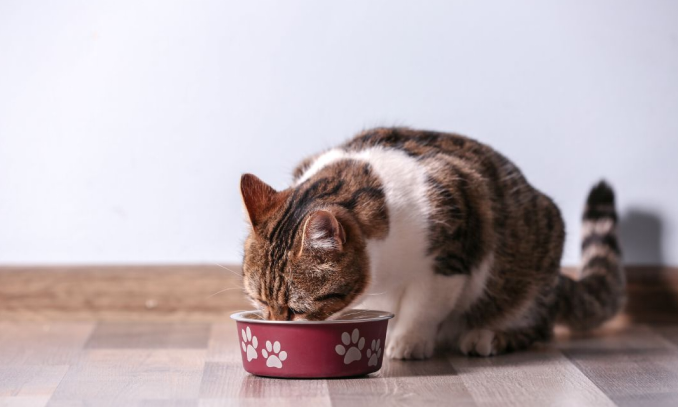
One bowl of kibble. Some water. Should be fine, right? That’s the trap. Everything looks handled—until it’s not. What don’t you see during the absence? That’s where issues hide.
Here’s where the basics fall short.
Dry food doesn’t stay crisp forever. Humidity sneaks in. Wet food? That’s a bacterial party if left out. Even if you leave enough, there’s no promise it gets eaten. The bigger issue? You’re not there to check.
Stuff that can go sideways:
● The cat eats too much and gets sick
● Food gets pushed under a mat or dish
● Spoils before they even try it
● Kibble goes stale and gets skipped
● Other pets eat it first if they share space
It’s not about how much you leave. It’s about whether it holds up—and if they’ll actually eat it.
A single dish of water is like flipping a coin. They knock it over. It gets warm. Or it turns gross because something floated in. No one notices until dehydration sets in. Cats already don’t drink much. That makes it worse.
Common issues:
● Bowl dries up or spills
● Debris in the water
● Cats avoid it if it tastes off
● Stress or heat throws off drinking habits
And since they don’t make it obvious when they’re thirsty? You’ll find out too late.
Cats are routine-driven. Break their rhythm, and you’ll start to see things shift. They might act out. Withdraw. Or do things you’ve never seen before—none of them ideal.
Watch for signs like:
● Peeing outside the box
● Scratching doors or furniture
● Skipping food or water
● Hiding under furniture
It builds slowly, but the signs add up. By the time it’s clear, the damage may be done.
Cat-proofed doesn’t mean foolproof. A window can be nudged open. A toy string can get swallowed. A door can swing shut and trap them out of the only room with food.
Some real concerns:
● Swallowed thread, tape, or plant leaves
● Missed litter box due to blocked access
● Falling out of windows
● Getting locked in cabinets or closets
You’d be surprised what becomes a hazard when you’re not there.
Knowing food and water aren’t enough is a start. So now what? You build a system that covers the gaps. Smart tools help do the job without needing you there to micromanage.
Here's what actually works.
Don’t leave feeding to chance. If you can’t be there to portion it out, a smart feeder can do it on cue.
These are two strong options:
● WOpet Heritage View Automatic Pet Feeder For Two Cats
![WOpet Heritage View Automatic Pet Feeder with Camera [Dual Bowls]](https://wopet.com/uploads/admin/image/20250607/6c267b1c5bcd4b67d213724d1ecb0455.jpg)
● WOpet Automatic Cat Feeder for Wet Food
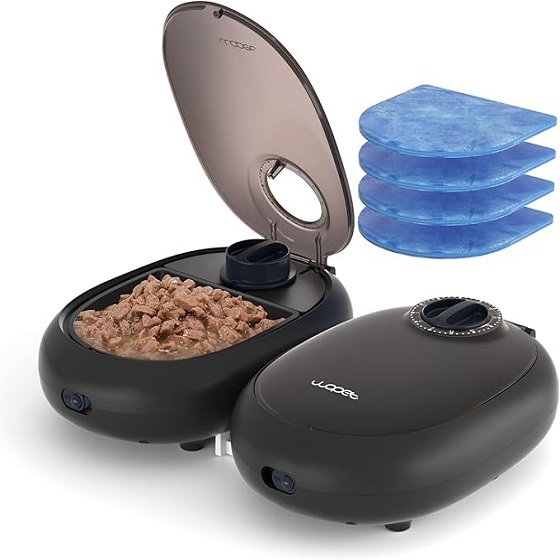
These feeders fix more than convenience—they solve real routine issues.
Most cats don’t love drinking from still bowls. A water fountain keeps it moving, which encourages more hydration.
WOpet Ceramic Pet Water Fountain Stays clean. Keeps water circulating. Cats drink more when the water’s fresh and cool—and this keeps it that way without the constant refills. Add a second bowl somewhere else. Backup helps when things don’t go as planned.
![[New] WOpet Ceramic Pet Water Fountain For Dogs & Cats with Power Cable - W03L](https://wopet.com/uploads/admin/image/20250606/1ed9593209449c358476297bcbf5700f.jpg)
Gadgets help—but the home still has to be safe and familiar. A few easy steps make a huge difference.
Checklist:
● Clean litter box (leave extras if needed)
● Perches or soft hideouts
● Toys that they can interact with solo
● Keep key doors open
● Double-check the WiFi if using cameras
None of this takes long—but the payoff is huge.
How long can you leave a cat alone with food and water? It depends on age, health, setup, and how well you prep.
To recap:
● Kittens and seniors need shorter windows
● Medical needs change the equation
● Spoiled food, spilled water, or stress can creep in fast
● Smart routines and tech make the difference
● Planning helps—but so does remote support
That’s where WOpet fits in. It’s not about gadgets for the sake of it—it’s about feeders, fountains, and connected tools that support the care routines your cat already knows. Even when you're not home, they stay covered.
Label:
Popular Post
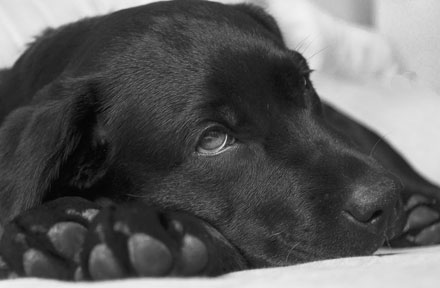
What to Feed a Sick Dog With No Appetite? [2025 Guide]
May 16, 2023
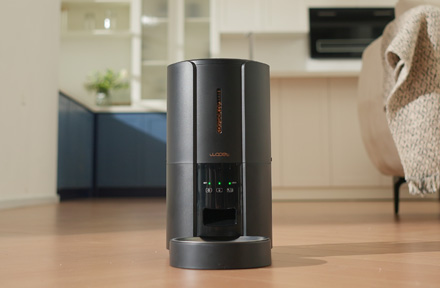
Troubleshooting Common Issues with Automatic Pet Feeders: Tips & Tricks for Pet Owners
Oct 26, 2023
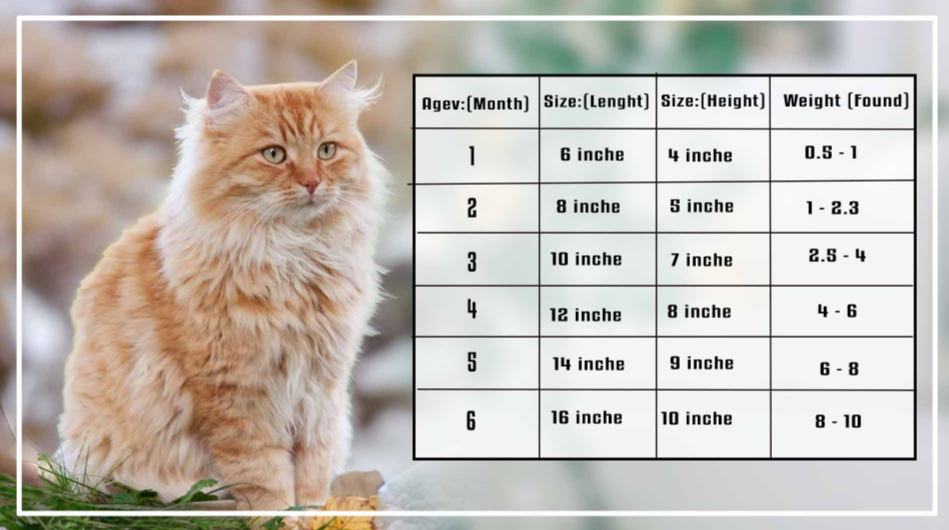
What is a standard Cat Weight chart by age Kg?
Mar 19, 2025
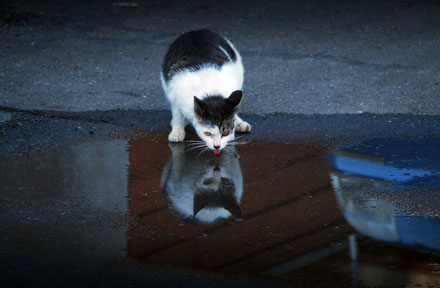
Why Does My Cat Cough After Drinking Water? 8 Potential Reasons
Mar 13, 2023
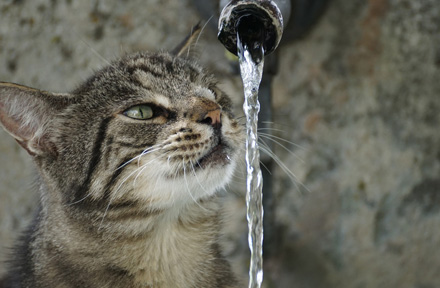
Why is My Cat Throwing up Water? Top 5 Causes Here
Feb 08, 2023
$109.99
$129.99
Copyright © 2025 WOPET. All Rights Reserved.